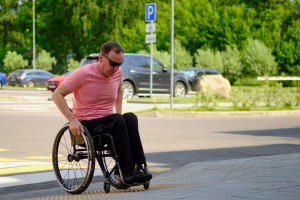Under no circumstances should you take any when you're going out in the sun. They'll damage your skin for years to come.

- Photosensitivity can take the form of phototoxicity (irritation within a few hours) or photoallergy (allergic reaction after 1-3 days)
- Drugs that increase this hypersensitivity include tetracyclines, fluoroquinolones, ibuprofen, amiodarone, retinoids, and sulfonylureas.
- Symptoms may persist for many years after discontinuation of the drug and may affect areas of the body exposed to the sun and not.
Sun sensitivity, or photosensitivity, is a condition in which the immune system reacts to exposure to sunlight, most often UVA radiation. Symptoms can include itchy skin and hives. Many commonly used medications can trigger this condition.
There are two main types of reactions. The most common is phototoxicity : a skin irritation that usually appears within a few hours of exposure.
The drugs absorb UV light and then release it into the skin, leading to cell death. Symptoms appear in areas exposed to the sun and, in some cases , can persist for up to 20 years after discontinuing the drug .
Photoallergy , on the other hand, is an allergic reaction that can occur 24 to 72 hours after exposure, often resembles an eczema-type rash, and can spread to parts of the body that are not exposed to direct sunlight.
These medications may have a particularly unfavorable effectMedications that increase sun sensitivity include:
- antibiotics such as tetracyclines and fluoroquinolones,
- non-steroidal anti-inflammatory drugs such as ibuprofen,
- medications for high blood pressure.
Hormonal contraceptive pills may cause hypersensitivity , manifesting as skin lesions and blisters.
Heart medications like amiodarone caused burns, rashes, and skin discoloration in about 7% of participants in a 2020 study.
Diabetes medications, such as sulfonylureas, some antidepressants, and retinoids used to treat acne also increase the risk. For example, retinoids can thin the stratum corneum of the epidermis, reducing its natural sun protection.
Transdermal patches, such as those containing fentanyl, may have enhanced effects when exposed to sunlight.
There will not always be a reactionNot everyone taking these medications will experience a negative reaction. It's also important to know that these reactions can be one-time or recurring. Complications include exacerbation of existing skin conditions, premature skin aging, and even an increased risk of skin cancer.
To minimize the risk of adverse drug reactions when exposed to the sun, it is recommended to avoid the sun between 10 a.m. and 4 p.m., use a broad-spectrum sunscreen with SPF 30 or higher and reapply it every two hours, and wear protective clothing.
It is important to consult your doctor before stopping any medications.
Copyrighted material - reprint rules are specified in the regulations .
rynekzdrowia











